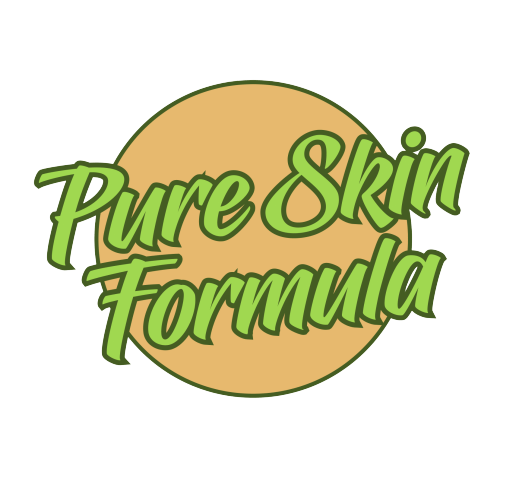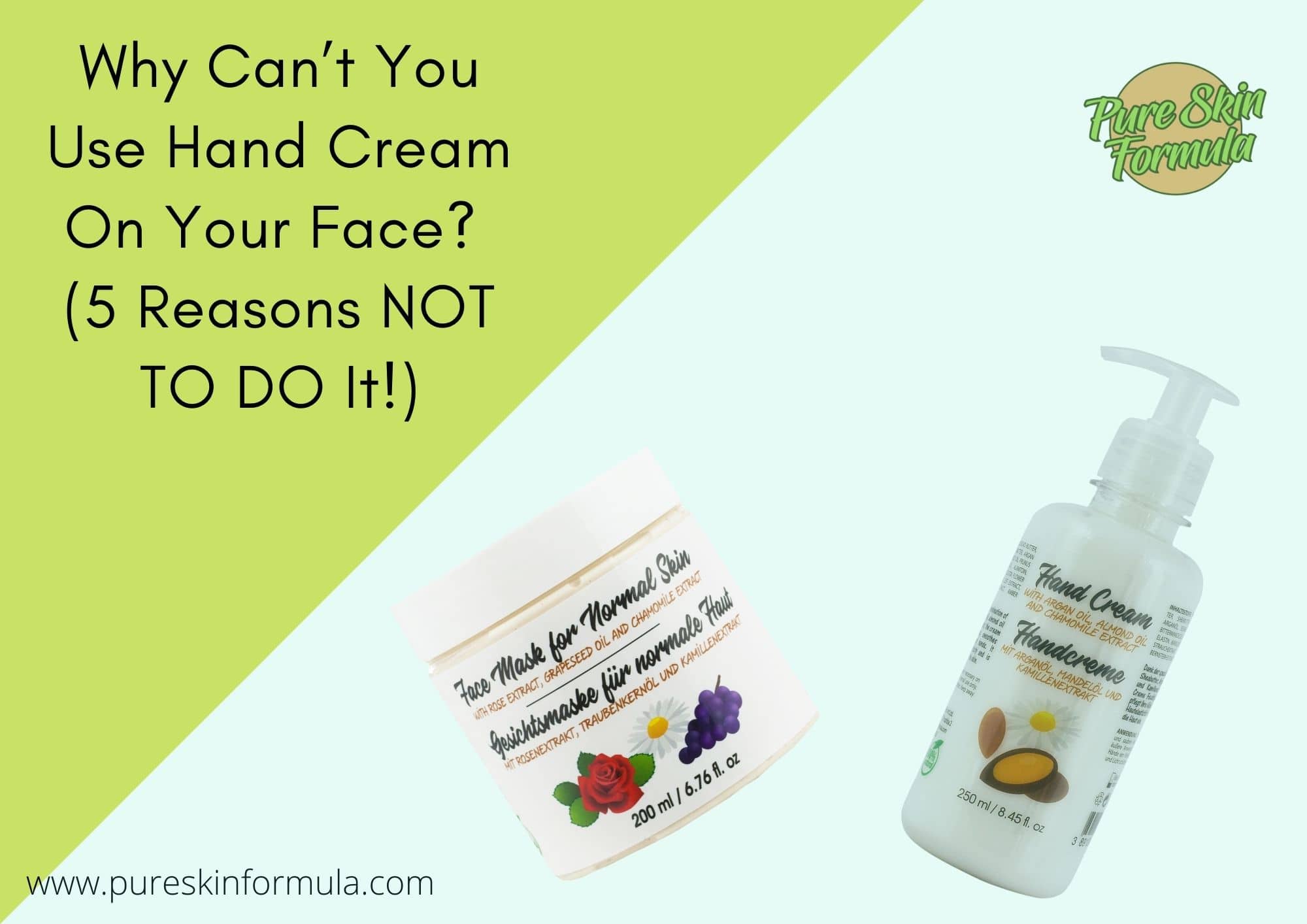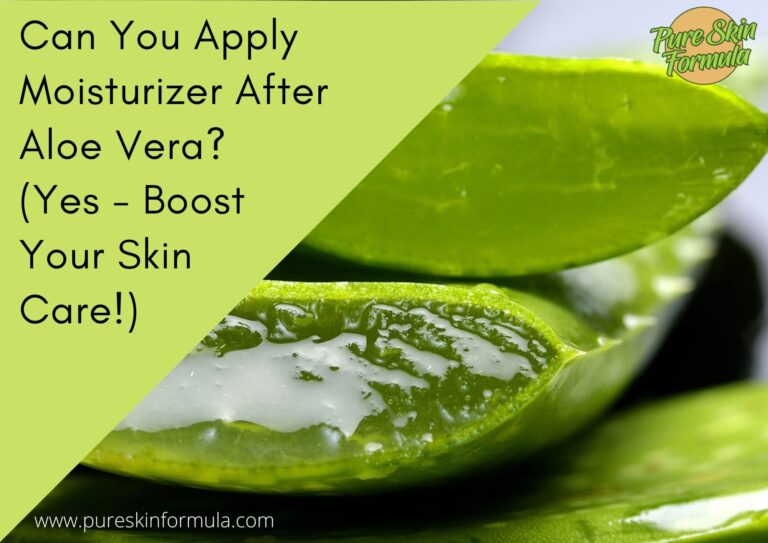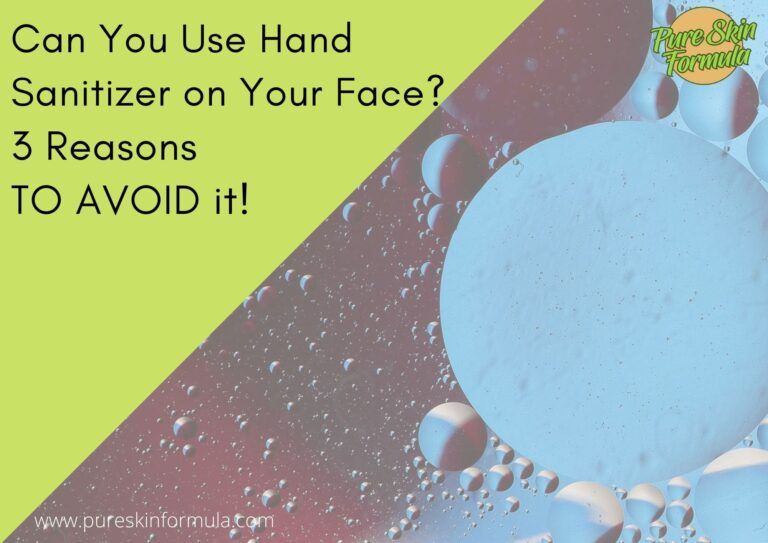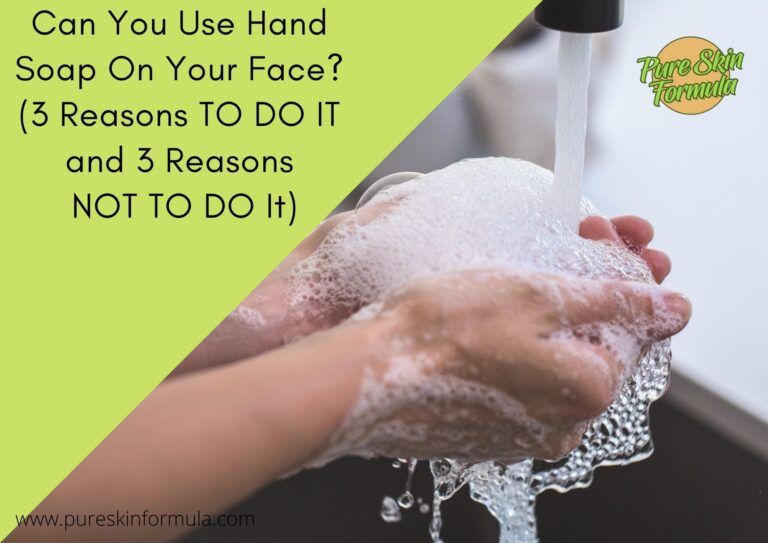Have you ever asked yourself why can’t you use hand cream on your face? Well, treating your face with hand cream is not a crime.
To answer this question thoroughly, I experimented with and applied both products (hand cream and face mask) on my face and explored the outcome.
The test results are described below in the text.
Why Can’t You Use Hand Cream On Your Face?
Let’s cover the five reasons in more detail.
1. The Ingredients In A Hand Cream And A Face Mask Might Differ.
To be concrete, let’s compare the substances included in the formulas of two products – hand cream with argan oil and face mask with rose water.
They are full of natural ingredients – mostly plant oils, extracts, and kinds of butter (shea butter, avocado butter, argan oil, sesame oil, chamomile extract etc.).
But what makes the real difference?
It comes from kaolin, which includes many minerals that positively affect the skin.
- Magnesium improves the production of collagen fibres, elastin and other compounds necessary to maintain the tissues and water balance of the skin.
- Manganese cleans the pores and removes excess oil, dust, and dead cells. The activity of the secret glands is regulated, and the shine of the skin disappears.
- Aluminium is responsible for the rapid recovery of cells. This substance tightens scars, eliminates purple spots from acne, and tightens pores when there is a problem.
With the systematic use of masks based on white clay, the face gets rid of excessive pigmentation and becomes fresh. People appreciate it when they are tired of struggling with grey or yellow skin tone.
2. The face skin is different from the hand’s skin.
Our face is the most remarkable part of our body. The condition and appearance of our facial skin is a critical factor in our overall health and plays a vital role in self-esteem.
Facial skin problems and signs of ageing are visible on the face and can cause significant embarrassment, affecting confidence.
As consumers, we want to keep our facial skin in the best condition possible, which is why the face is a central focus of research concerning skincare products.
Like the skin on the entire body, the skin on the face plays an essential role as a barrier against the external environment. However, it is almost always in direct contact with external factors like the sun and UV radiation.
The skin on the face is fragile and sensitive and, therefore, susceptible to ageing.
The skin around the eyes is thinner and more delicate and needs proper care. The epidermis (the outer layer of the skin) is usually about 0.1 mm thick; in the eye area, it is between 0 and 0.5 mm thick.
The hands are a person’s tools, and their skin differs from the rest of the body. An interesting fact: the skin on the palms is also quite different from that on the other side:
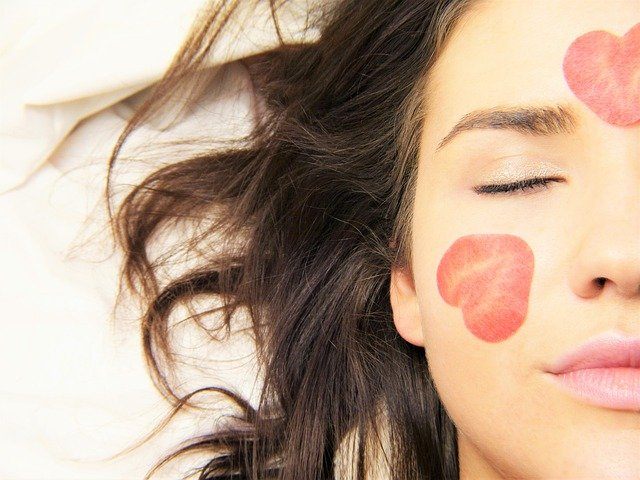
The skin on the palm and inside of the fingers is thick and dense.
The back of the hands contain almost no fatty tissue and are particularly thin.
The skin on the palms and inside of the fingers:
- is thick with a dense stratum corneum;
- is rich in fatty and connective tissue;
- is well padded with tissue insensitive to tension;
- has no hairs and no sebaceous glands;
- has a high density of sweat glands;
- is deficient in natural moisturising factors (NMF).
The skin on the other side of the hands:
- contains almost no fatty tissue;
- is particularly thin;
- has very few fine hairs.
The absence of a small number of hairs indicates that sebaceous glands are much lower than in other body parts.
The follicles from which hairs grow are accompanied by sebaceous glands and are responsible for sebum production. That provides the skin with lipids and some substances that retain hydration.
So there are fewer lipids on the hands, and the skin on them cannot keep water like other body parts.
The fact that the skin on one side of the hands is different from that on the other also means that the overall formation of the hydrolipidic envelope (the emulsion of oil and water that covers the outside of the skin) is weakened. As a result, our hands are more susceptible to dehydration and dry out quickly.
The skin on the face is also less able to stabilize the few lipids and moisturizing components it contains. The pH level of the hands is less acidic than other parts of the body, so the protective acid mantle – the natural acidity that protects the skin – is compromised.
3. People Exploit Hands More Than Face.
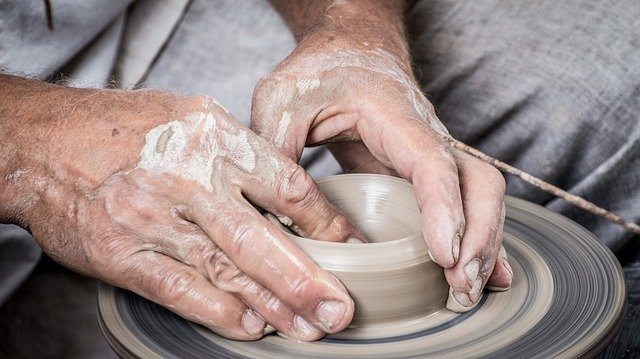
Hands work a lot. We expose them to many external factors that remove their lipids in the house, mountain, sea, office or garden during the day.
For example, frequent contact with water can dry out the skin. Thus hands are susceptible to dehydration.
Using our hands, we are in contact with surfactants, thinners, temperature changes and mechanical influences. The skin’s natural protection and repair system becomes overloaded, impairing the skin’s barrier function.
4. Hand Cream Might Clog Pores On The Face.
Have you noticed that the clogged pores on the nose are most often more than on other parts of the face? The reason is straightforward: sebaceous glands are under the skin, resulting in larger pores.
This problem is even more significant in people with oily or combination skin.

What can you do to change this? Nothing!
You can’t change the skin type, and nothing will “deactivate” the sebaceous glands. So it would help if you compensate with proper care. Regular and adequate pore cleansing will make them less visible.
Clogged and enlarged pores – possible causes:
- Improper nutrition;
- Severe stress;
- Improper skin care;
- Overindulgence in alcohol, caffeine and sugar;
- Genetic predisposition;
- Irregular exfoliation;
- Acne.
5. Hands Sweat More Than Face.
There are 2 to 15 million sweat glands in the skin, which are distributed unevenly. The skin on the palms, underarms, groin folds, soles of the feet, forehead and back is the richest in sweat glands.
There are three types of sweat glands: eccrine, apocrine, and apoeccrine. Eccrine sweat glands are the most numerous ones. They are primarily located on the palms and soles.
Thus, the higher sweating of the palms is related to the high concentration of sweat glands in these places – 600 per sq. cm. In comparison, on the back, they are 60 per sq. cm.
Apocrine sweat glands are located primarily in the axilla, breasts, face, scalp, and perineum.
Easy tip: If you suffer from profuse sweating of the face, it is helpful to rub it several times during the day with a piece of lemon or cucumber.
The Experiment – Is The Theory True?
I decided to make a two-stage test to check the theory using the aforementioned products: hand cream with argan oil and face mask with kaolin and rose water.
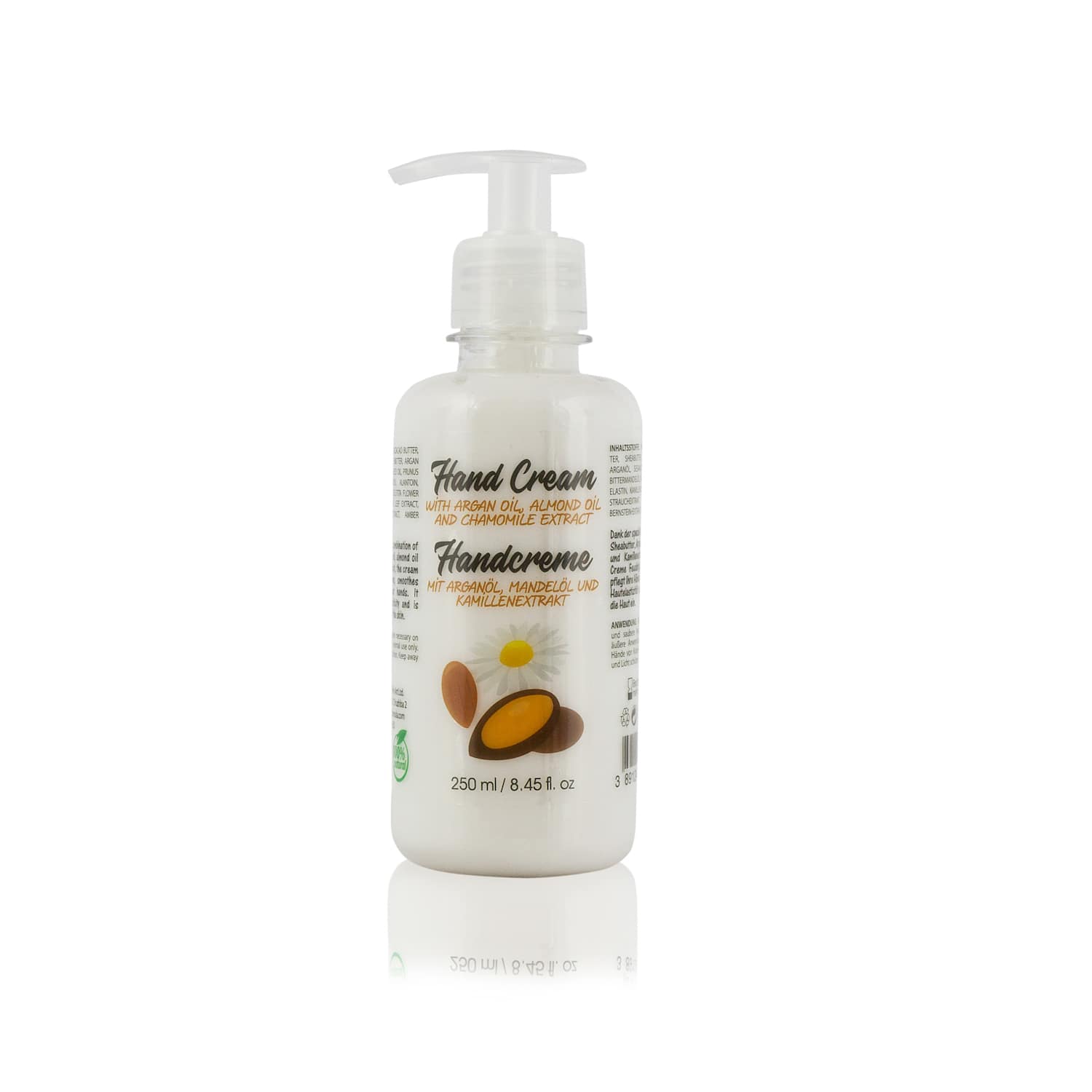
Why these two products? Because they are both excellent cosmetics solutions, highly evaluated by the users with mainly positive reviews. Thus I eliminated a potential “low-quality product” influence on the experiment results.
- In the first stage, I simultaneously put a small quantity of the hand cream on my hands and face.
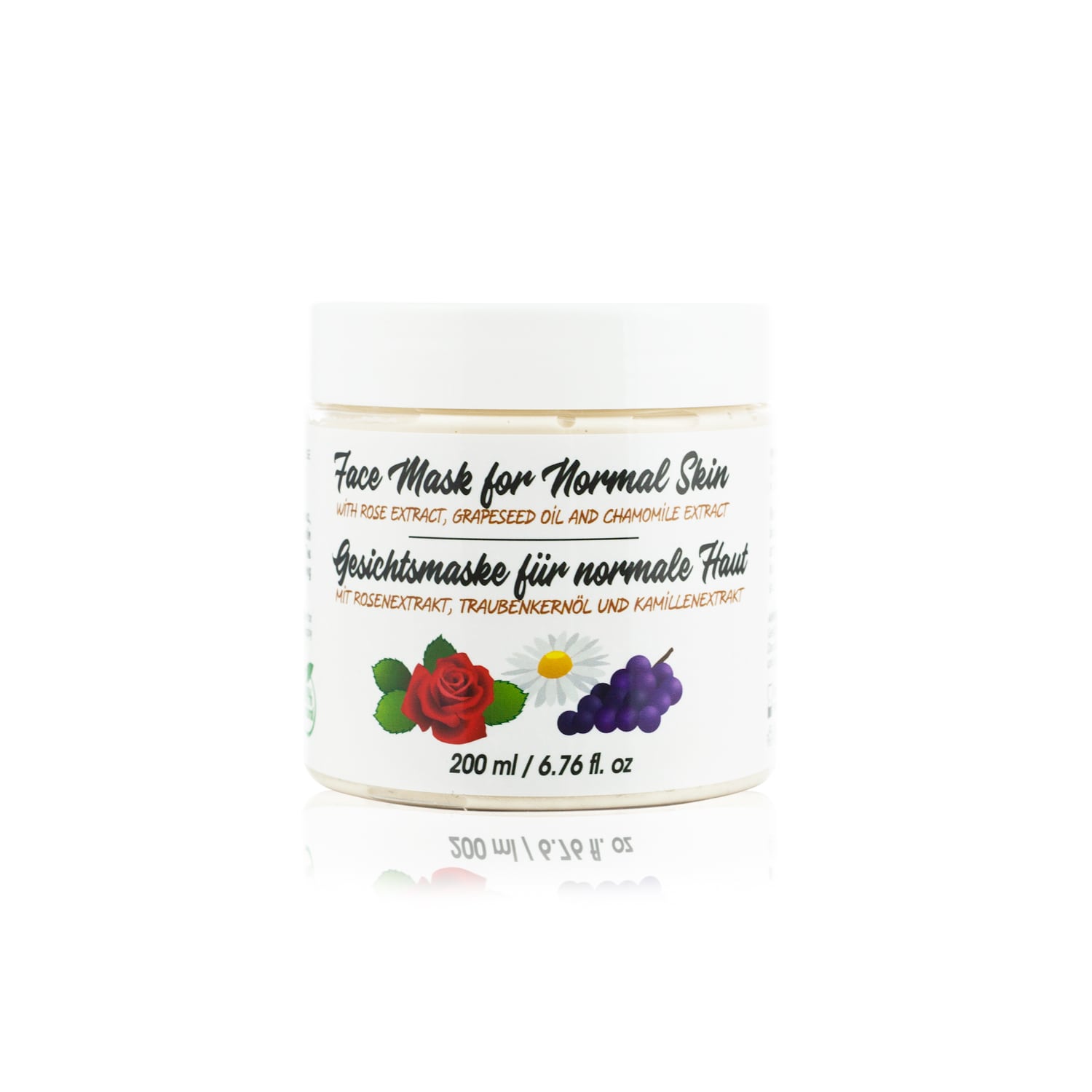
The effect? I felt comfortable with my hands, as they absorbed the cream doze quickly and without discomfort. At the same time, my face started feeling strange, pinching and greasy.
- 2. At the next stage, I treated my face with the face mask of interest.
The result? My skin immediately absorbed the substance without burning or irritation. The skin felt fresh, bright, soft and hydrated. It appeared renewed, relaxed, and uniform in complexion.
To Wrap It Up
I hope you already know why can’t you use hand cream on your face. To answer this question, I gave you five arguments, and I experimented while checking the facts.
I would appreciate your thoughts – have you ever used hand cream for the face?
